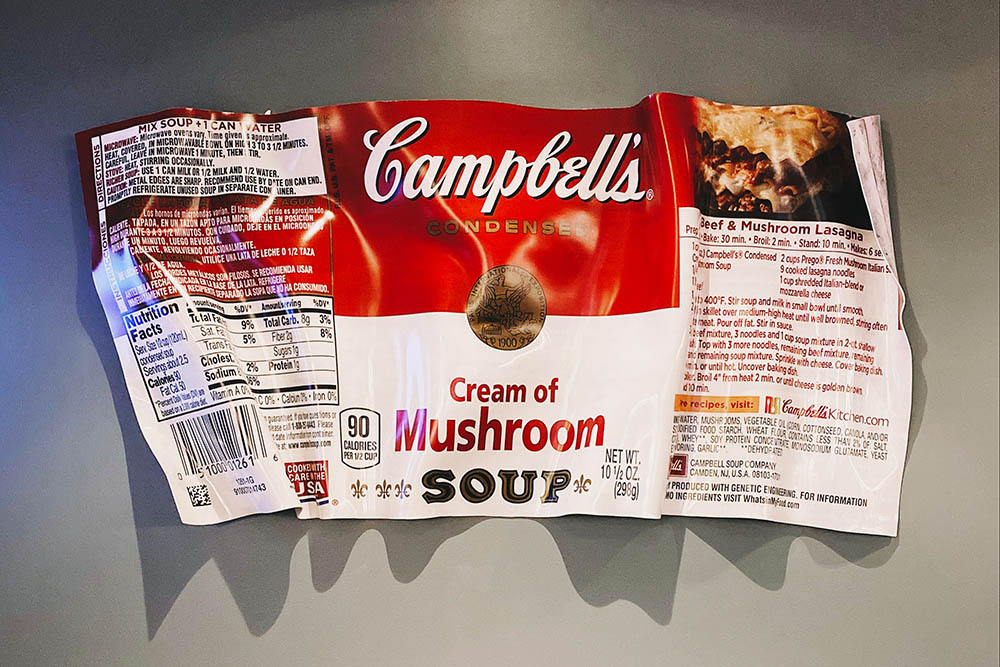Checking the label before even purchasing a product can be an important tool in making informed choices that can lead to a healthier lifestyle or menu
Have you ever wondered what food nutrition labels are for? These are the square labels printed on each food package or container that contain product-specific information and nutritional values. This information can guide buyers on their decision-making process, whether for consumption or commercial purposes.
Serving information
The serving information, seen below the nutrition facts label, shows two data: the servings per container or the number of servings in the package or container, and the serving size or the amount of food usually eaten by a person. For example, a can of Ligo has three servings per container and only has one serving size. If you consume three pieces of sardines, then you’re getting triple the listed nutrients on the label.
This information can be beneficial to families who portion their food based on the number of mouths that need to be fed. This can also guide chefs in determining the right serving amount in order to avoid food waste. Just recently, the US Food and Drug Administration (FDA) has announced that it will be rolling out a new and updated Nutrition Facts label to all food packaging starting Jan. 1, 2021. Included in the update is a more realistic serving size that reflects the typical amount of food a person consumes today—although this is not a recommendation of how much one should eat.
Calories
This is the total number of calories per serving or the amount of energy in order for the body to function. As a general rule, a person needs to consume 2,000 calories a day—though this still depends on age, weight, height, and lifestyle. If you’ve already achieved your desired weight, you can maintain it by balancing the amount of calorie intake with the amount of calories your body uses.
Nutrients
This section shows the nutrients present in the serving size of the food. The list varies from product to product but is important especially for those who want to increase and decrease their nutrient intake.
FDA recommends to increase the intake of these nutrients: dietary fiber for better digestive tract flow and lower blood sugar and cholesterol levels; and vitamin D, calcium, iron, and potassium for reducing the risk of osteoporosis, anemia, and high blood pressure.
Meanwhile, these are the nutrients you should eat less of: saturated fat and sodium, which are associated with increased risk of cardiovascular disease and high blood pressure as well as added sugars that can lead to obesity and other chronic diseases like diabetes.
Just recently, the US Food and Drug Administration (FDA) has announced that it will be rolling out a new and updated Nutrition Facts label to all food packaging starting Jan. 1, 2021. Included in the update is a more realistic serving size that reflects the typical amount of food a person consumes these days—although this is not a recommendation of how much one should eat.
It’s equally important to monitor nutrient intake in order to avoid micronutrient deficiency especially with malnourished children in underprivileged communities. Companies like Aboitiz Group for example came up with high energy biscuits packed with nutrients such as vitamins A, B1 to B12, C, D3, and E as well as iodine, iron, magnesium, and calcium that can supplement regular meals to families in need. San Miguel Corporation also revived the famous Nutribun as food provision for marginalized families under the community quarantine.
Percent daily value
This is how much a nutrient in a serving of food contributes to a person’s total daily diet. Though the percent daily value doesn’t add up to 100 percent vertically, they are reference amounts of nutrients a person should consume or not exceed in a day. For reference, consuming five percent daily value or less of a nutrient per serving is considered low while 20 percent daily value or more of a nutrient per serving is considered high.
You can try comparing percent daily values of different brands of the same food product to see which product contains more nutrients you need and nutrients you want to consume less of.
Looking through your current food stock may either be overwhelming because of its abundance or underwhelming because of the threat of food insecurity. But understanding these labels before consuming food might give you crucial insights about the nutrition you should be getting.
The next time you head to your favorite restaurant, you can ask the chef about the nutritional information of your dish—they’ll be more than willing to share these with you.














































